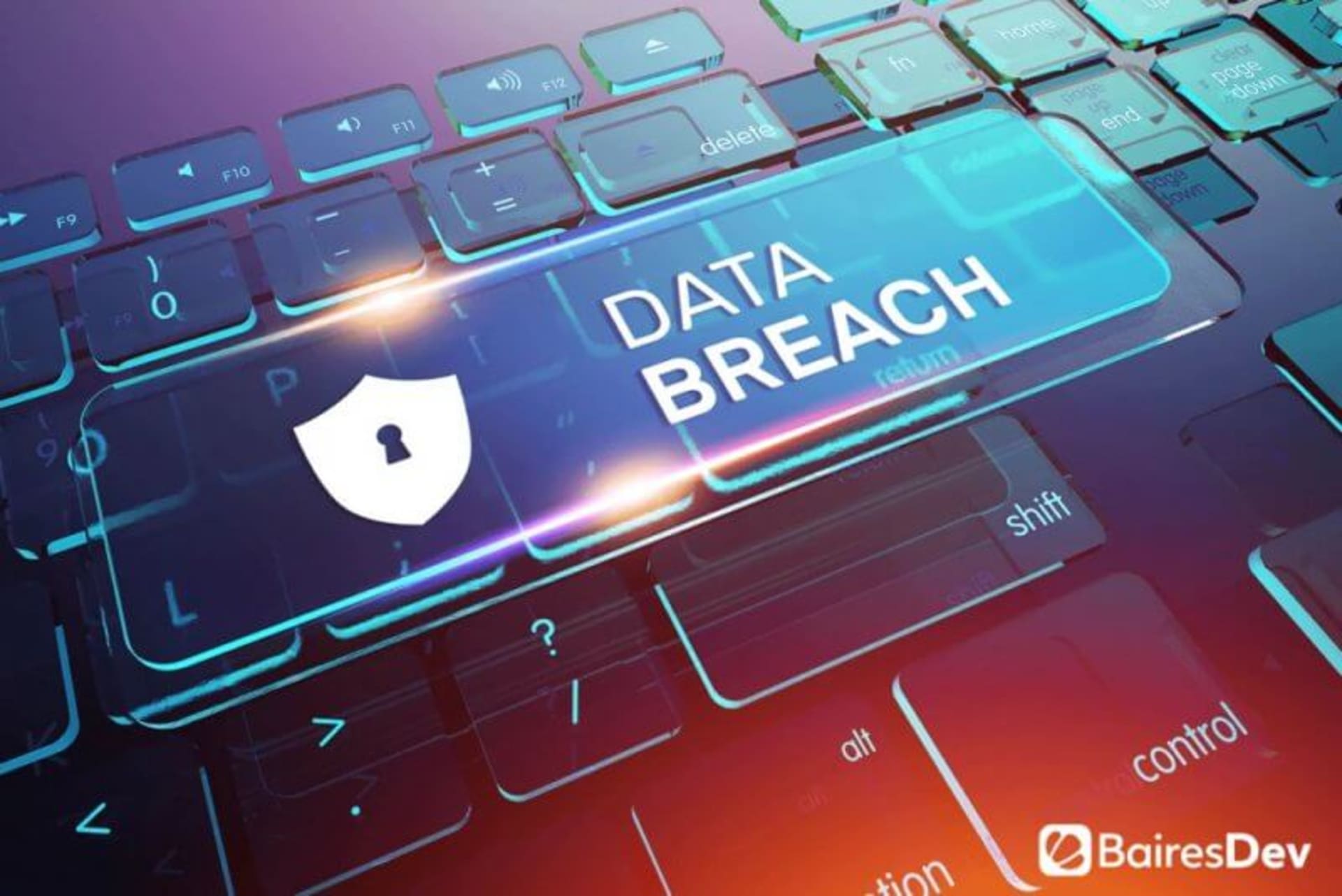The incredible improvements in technology we’ve seen in the past few years have undoubtedly revolutionized how we do business. However, in making things easier, tech has also introduced unprecedented challenges—cybersecurity being the one we will focus on today.
The days when a company’s sensitive data was only stored in a locked room of file cabinets are long gone. Regardless of size, businesses now prefer cloud computing solutions that make data easier to manage, update, and access. But that also gives them the responsibility of safeguarding such data.
And as if that wasn’t enough, the 2020 pandemic made things a lot tougher for anyone without a proper cybersecurity strategy. Data breaches became increasingly common and, by now, most people are aware of how devastating they can be. From the bleeding and chaos to the eventual clean-up and patches, the ripple effects of a single data breach can give you headaches for months, if not years.
The solution, as in most things in life, lies in proactivity. In this article, we’ll take a look at the true cost of a data breach, how to find vulnerabilities in your system (particularly through QA testing services), and the actions you can take to master the defensive arts of cybersecurity.
#1 It’s Not Just About Money, It’s Also About Trust
I would bet that you’ve felt disappointment in a brand at some point or another in your life. And I would also bet that disappointment led to mistrust or even complete rejection of that company. That’s exactly how customers feel when their data is exposed as a consequence of poor cybersecurity practices from a company they trusted. And you don’t want that.
As we all know, keeping customer trust is essential for any type of business success. And customers hate having their data exposed. In fact, a recent study has found that about 48% of users abandon brands that have suffered a security breach. Scary facts, if you ask me.
If you’ve gone through some form of identity theft yourself, then you can probably see why this statistic is so high. But, apart from being a frustrating and time-consuming process for consumers, a data breach can also be directly linked to negligent behavior by your company. And that’s a whole other can of worms you certainly don’t want opening.
And that’s without considering that we haven’t even mentioned the risk of losing intellectual property to a data breach. Trade secrets are crucial for market competitiveness, particularly if you are a small business hoping to stand your ground against larger enterprises. If revealed by a data breach, there’s practically nothing you can do to zip them back in. The internet never forgets.
All in all, the consequences of a data breach are never small. From decreased sales and loss of customer trust to ruined operations and lawsuits due to negligent behavior, the rippling damages can go way further than expected.
#2 How to Protect Your Data
You are guaranteed to experience a cyberattack sooner or later. The size of your company, where you’re located, how long you’ve been in business, and anything else like that is irrelevant. And, as your business grows, you’ll also become a more lucrative (and more attractive) target for cyber attackers. So you’d better be prepared to deal with it.
Sadly, there’s no single solution to stop data breaches. You can always start by using only software products that have gone through serious quality assurance testing, to rule out any avoidable errors. But to be truly protected, you might need to take things a step further.
In most cases, what you need is a detailed roadmap of your cybersecurity defenses with multiple redundancies in place. This article by a colleague of mine can provide you with a lot of great starting points, especially if you’ve just recently adopted remote work methodologies due to the pandemic.
The zero trust model has also become very popular to stop most types of cyberattacks, and it is very easy to implement with the help of a software consulting company. With it, you’ll always have security information flowing through your system and telling every “door” to remain closed to any unknown or suspicious elements.
With zero trust, you can make your IT infrastructure work like a strict immune system, where every action is deemed unsafe unless proven otherwise by multiple sources. Remember, a healthy cybersecurity strategy must alert you when something abnormal occurs and is always on the lookout for any type of suspicious activity.
Nonetheless, measures like these can become double-edged swords, and require expert handling for proper implementation. In general terms, you’re going to want to establish a clear hierarchy of access that doesn’t work against your team’s productivity.
#3 Don’t Thwart Your Own Access to Information
By applying zero trust or similar cybersecurity models, you’ll enter the grounds of balancing restricted access to information. Clearly, not everyone needs access to every sensitive document in your database. Following that approach also lowers the potential risk of a data breach and cuts their avenues of attack dramatically.
Still, every coin has two sides, and tightening things up within your systems can also translate into inefficiencies to manage your own data. You need to be smart about when and where you place restrictions, and how those same restrictions could impact the workflows of the affected teams. In any case, everyone must be aware of how these restrictions work, why they took place, and how they are beneficial to them and to the company.
Many companies today are opting for developing their own data control system through custom software development. A custom data control system can be built up to your most detailed specifications, as it will be designed from the ground up to match and solve the particular needs of your company. In general terms, it is the best way to enforce strict compliance, safety, and transparency.
Never Underestimate Cybersecurity
In these times, data is just another type of valuable currency that we produce and exchange every day. And, just like you probably do with your own money, you want to keep it safe under every security measure that’s necessary. Following these tips should get you pretty far. If you want to go the extra mile, you can always reach out to an expert cybersecurity consultant from BairesDev.







